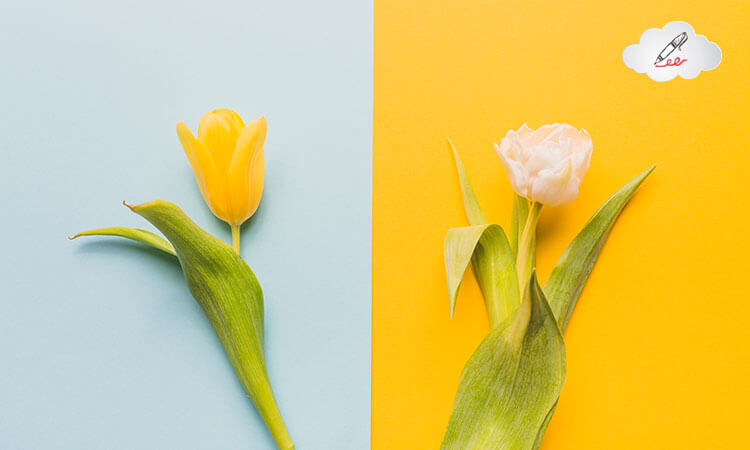The Parts of a Flower and Their Functions

There are over 400,000 flowering plant species on our planet, so the variety of flowers is truly enormous. Although all types of flowers differ in their structure, color, smell, etc., we can distinguish the main parts that are inherent in every flower structure.
What Is a Flower?
Scientists define a flower as an element responsible for the reproduction of all known plants. Seeds grow in a fruit that develops from gametophytes, which, in their turn, grow in flowers. The attractiveness of some flowers is the result of their evolution and it helps to transfer pollen.
Choose your discount
Flower Parts and Their Functions
A flower consists of four main parts:
- Sepals
- Petals
- Stamens
- Carpel
Affiliate Program (Earn 10%)
Earn 10% from all orders made by people you bring!
Your people also get 17% discount for their first order
Start earnings now!
Sepals are found on the outermost part of a flower. In fact, they are green leaves that underwent modification. Sepals, or calyx, perform a protective function as they cover the inner parts of the bud and protect it from damage.
Next to sepals are petals. The number of petals in a flower differs among groups but is constant within one group, and so is the number of other organs. In addition, petals can be fused, unnoticeable, or even absent completely. If the latter is the case, modified leaves or stamens perform the function of petals. The dogwood poinsettia is the example of such a flower.
Have you got any questions?
24/7Get instant support
Pollen is produced by stamens, which are classified as the male organ in a flower. This organ is made up of filaments, receiving the anthers necessary to start the process of reproduction. Stamens are responsible for the production of pollen that stores sex cells. Flower ovules that later develop into a seed are produced by the female organ – carpel. It consists of one pistil made up of a stigma, the ovary, and the style. All of these small elements are responsible for the production of ovules and they can be found in all flowers.

